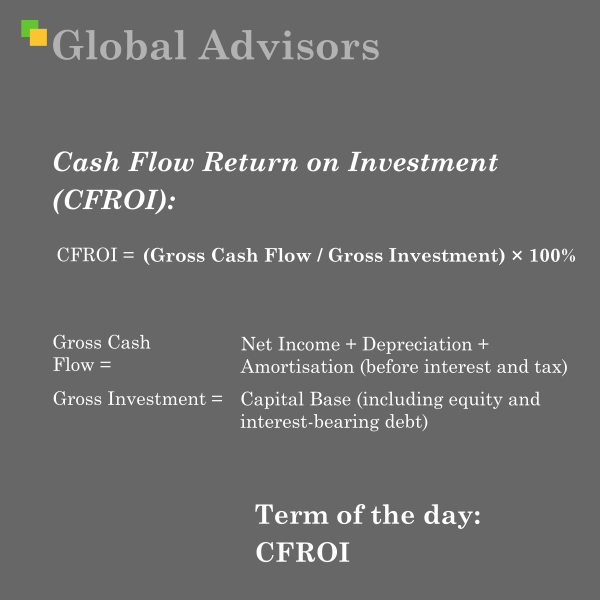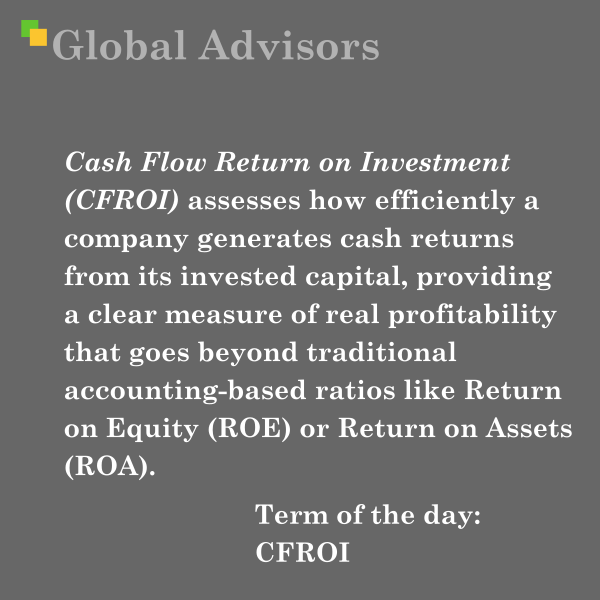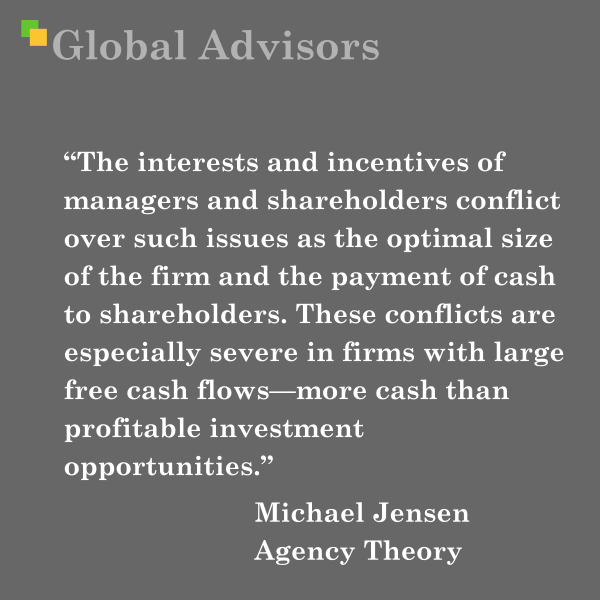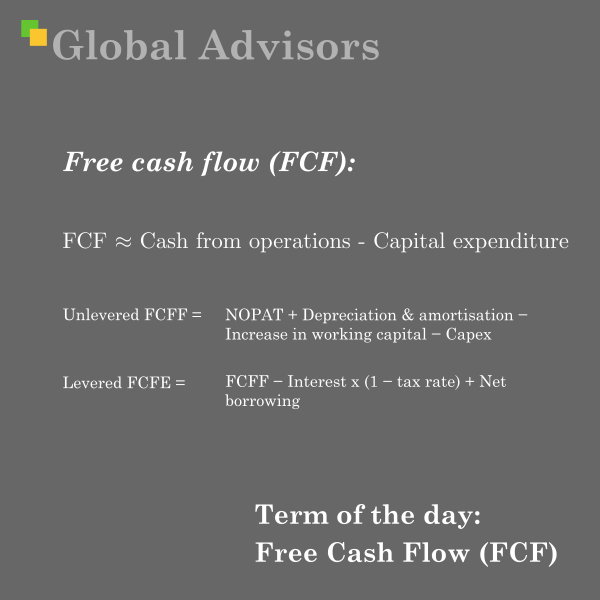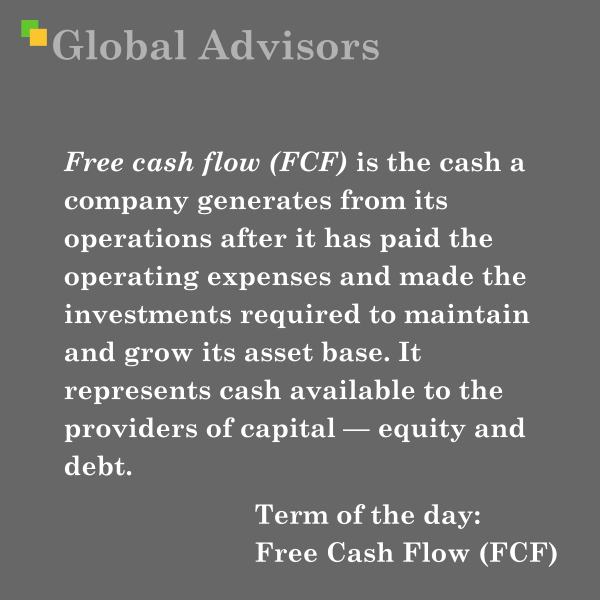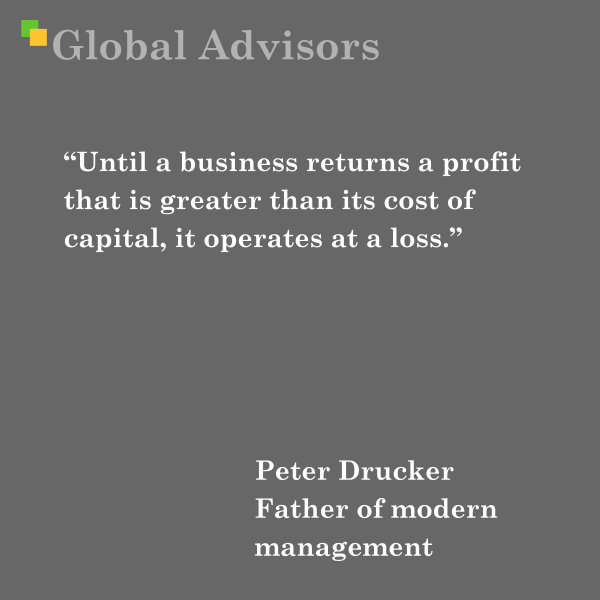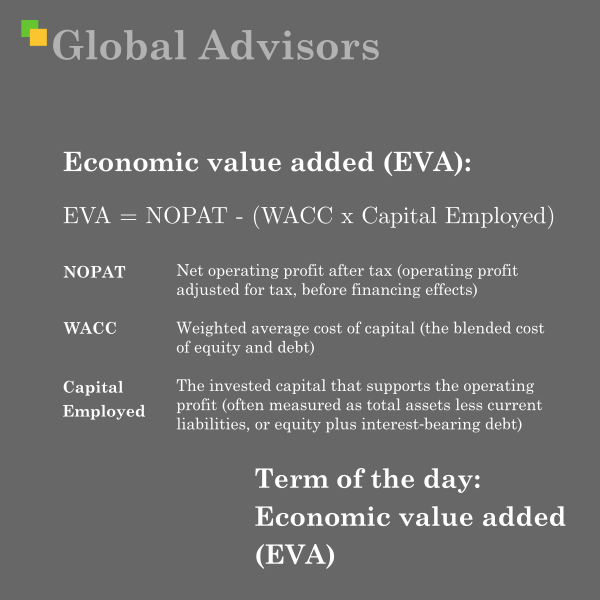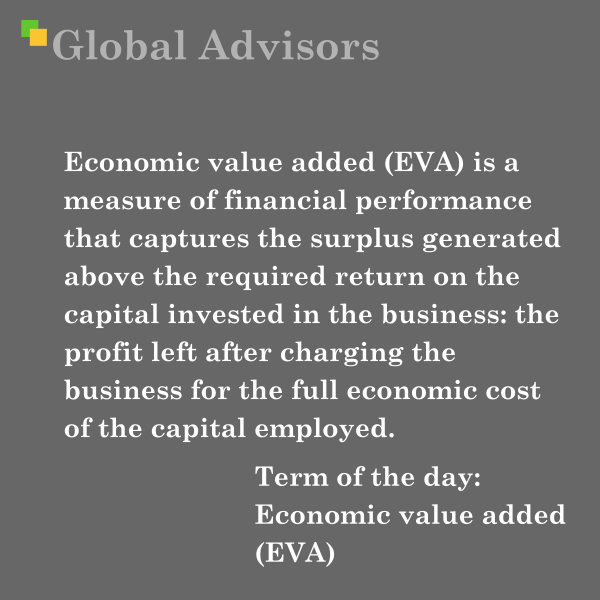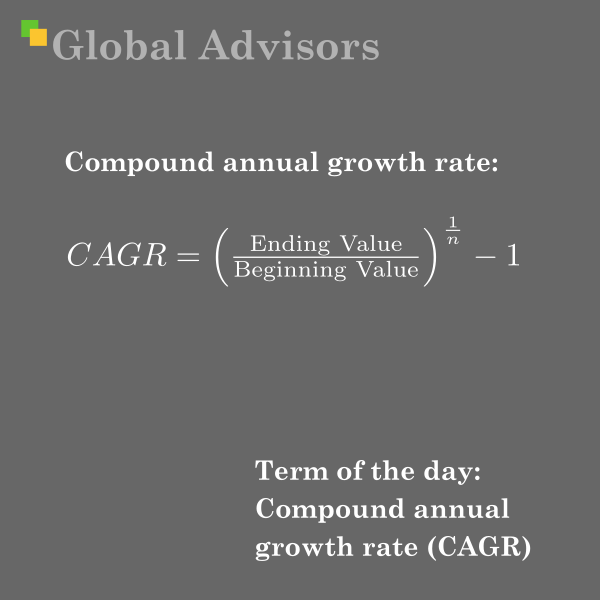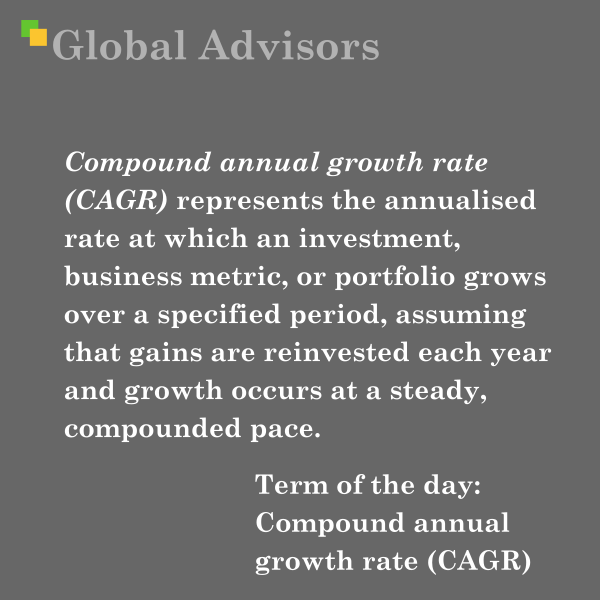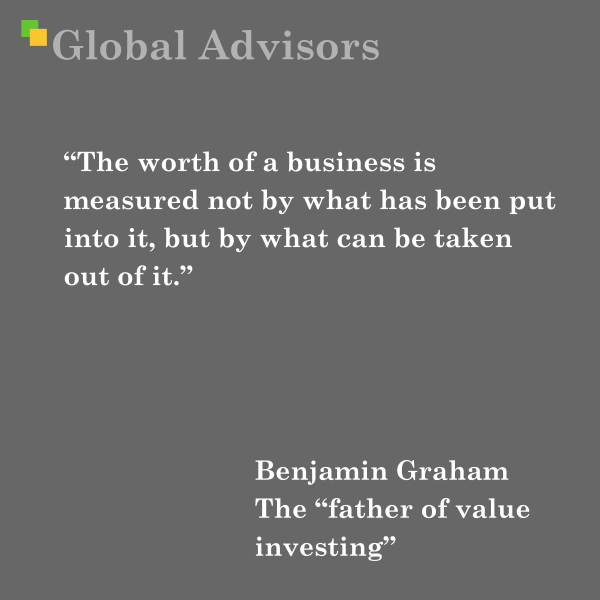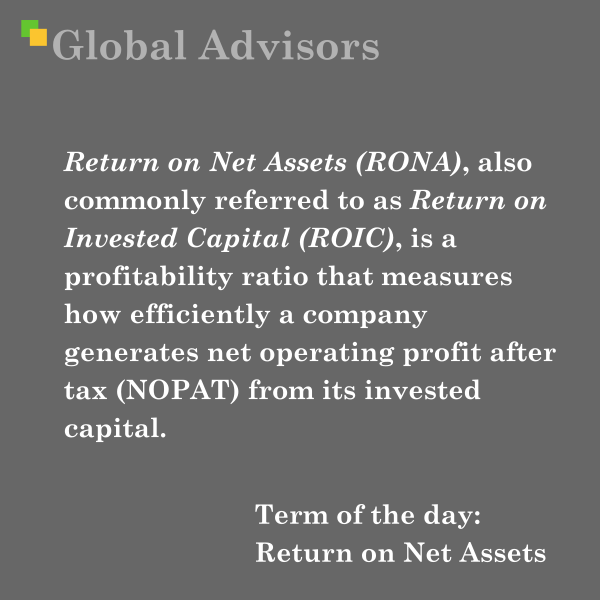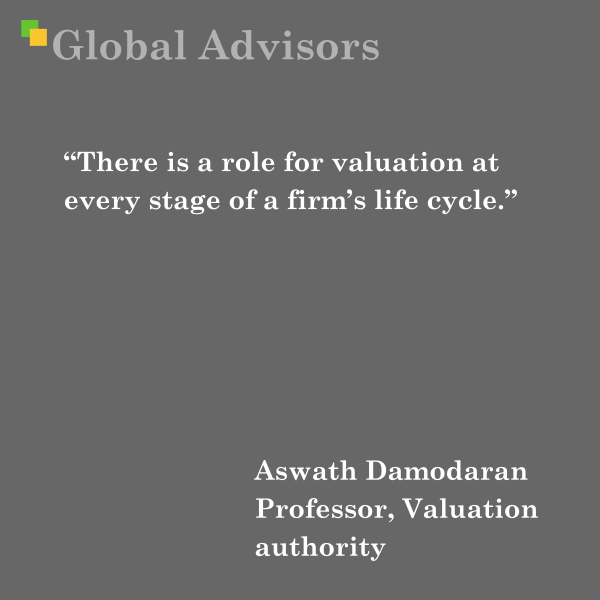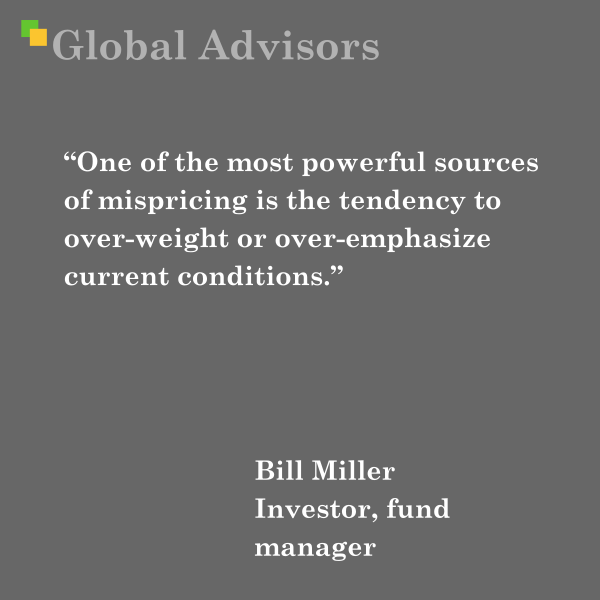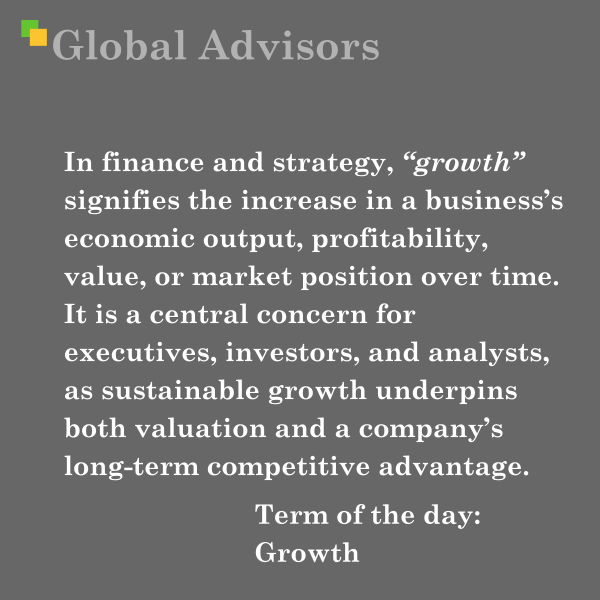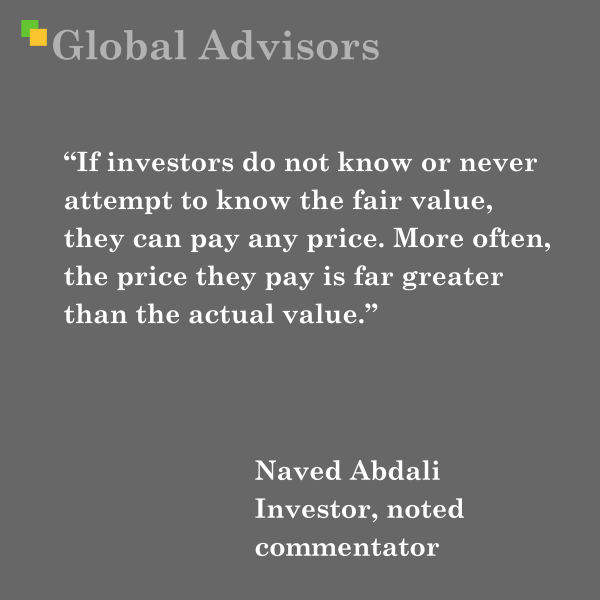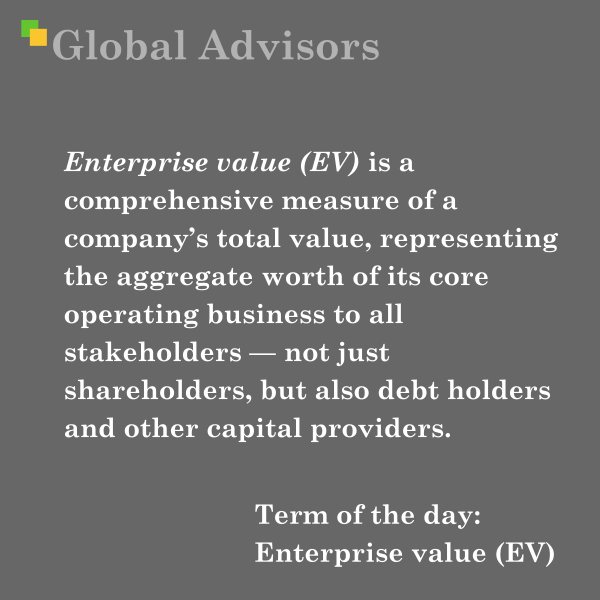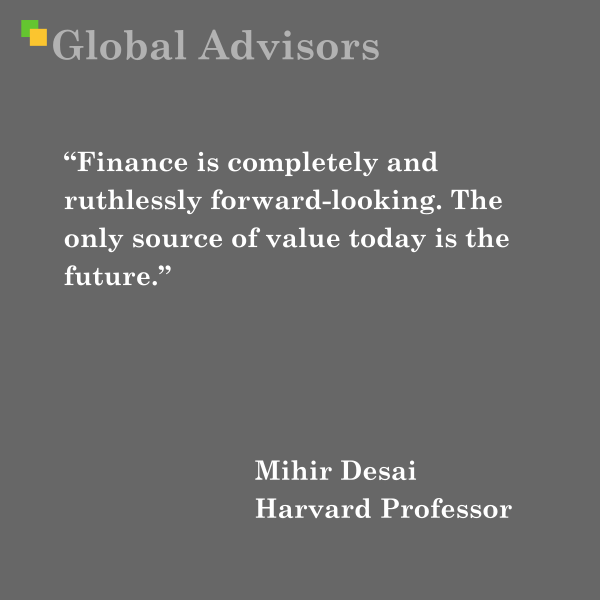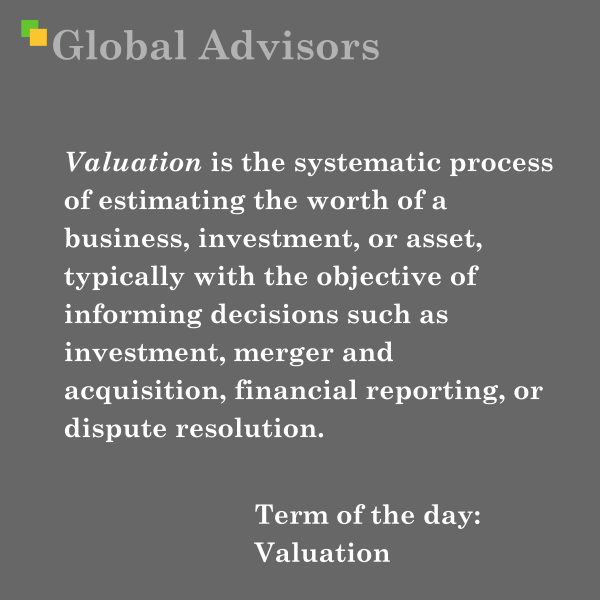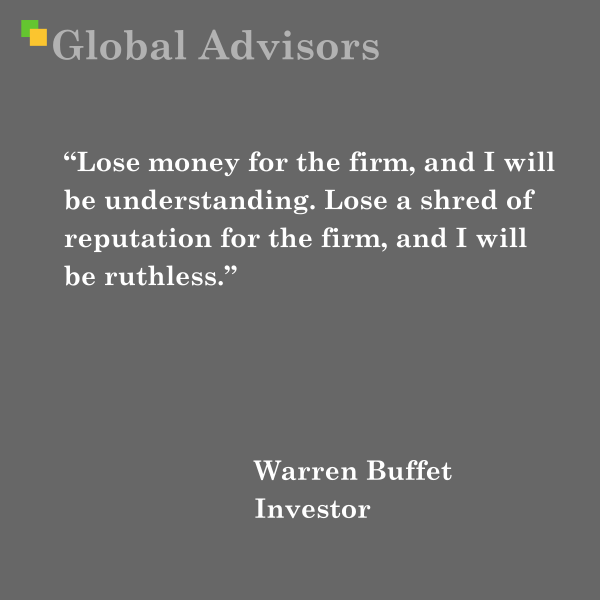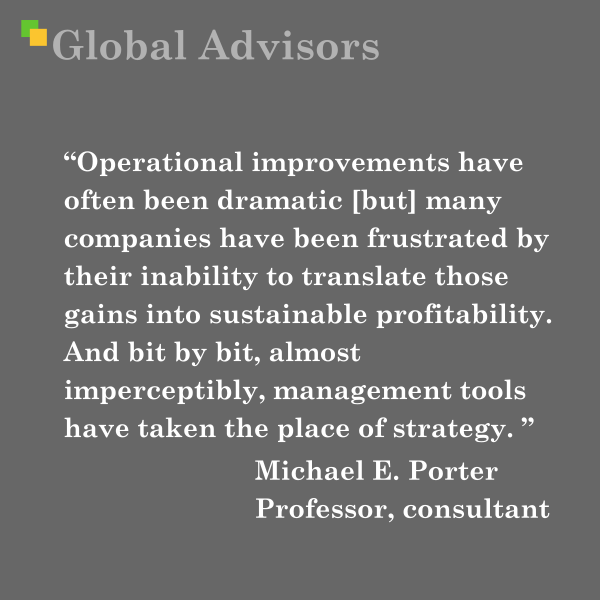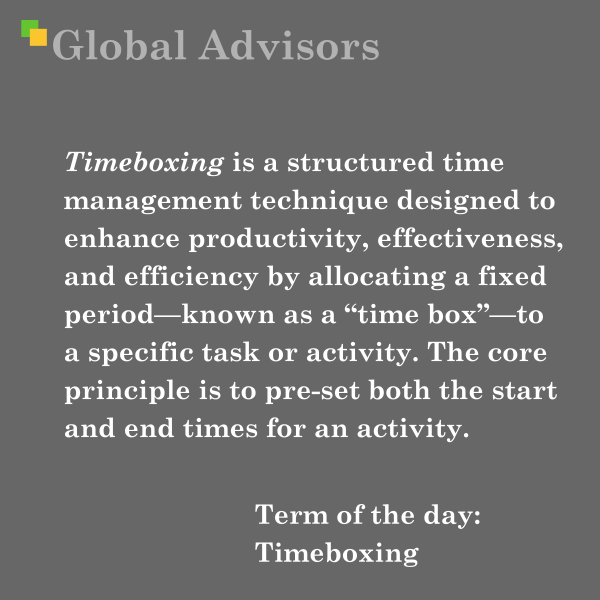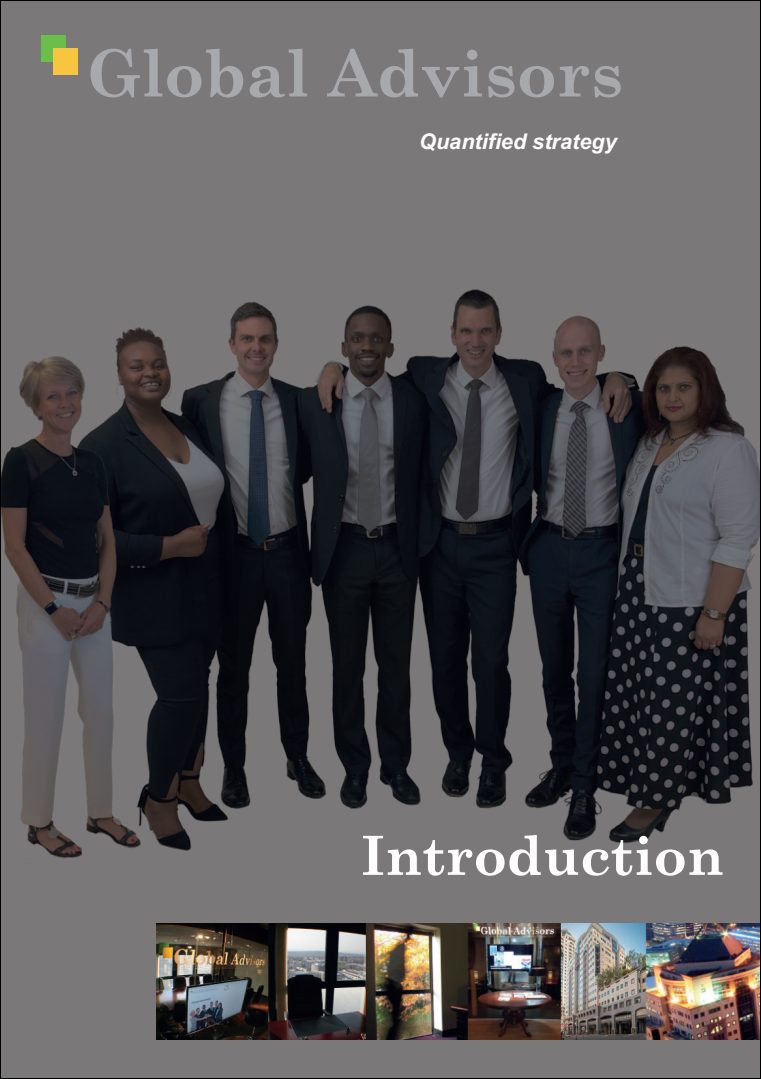CFROI (Cash Flow Return on Investment) is a financial performance metric designed to assess how efficiently a company generates cash returns from its invested capital, providing a clear measure of real profitability that goes beyond traditional accounting-based ratios like Return on Equity (ROE) or Return on Assets (ROA).
CFROI calculates the cash yield on capital by focusing on the cash generated from business operations—before interest and taxes—relative to the total capital invested (including both equity and interest-bearing debt). This approach offers critical advantages:
- Focus on cash flow: By using cash flow rather than accounting earnings, CFROI presents a clearer picture of underlying economic value, especially where accounting rules may obscure true profitability.
- Neutralises accounting differences: CFROI can act as a universal yardstick that limits the impact of different accounting standards, depreciation methods, or tax regimes, making cross-company and cross-border comparisons more meaningful.
- Adjusts for capital costs and asset life: The measure reflects asset depreciation and shifts in the cost of capital, making it particularly useful for businesses with large, long-term investments.
- Investor-centric perspective: CFROI’s explicit connection to internal rate of return (IRR) means it is widely adopted by equity analysts, fund managers, and corporate strategists to evaluate both individual companies and wider markets, as well as to benchmark performance, identify undervalued companies, and inform investment decisions.
The standard formula for CFROI is:
CFROI = (Gross Cash Flow / Gross Investment) × 100%- Gross Cash Flow is typically calculated as net income plus non-cash expenses (depreciation, amortisation), before interest and tax.
- Gross Investment includes all capital invested, both equity and debt.
Calculation notes
Gross Cash Flow
Gross Cash Flow = Net Income + Depreciation + Amortisation (before interest and tax)
Notes:
- Some practitioners define Gross Cash Flow as EBIT plus non-cash charges: Gross Cash Flow = EBIT + Depreciation + Amortisation
- If you prefer a pre-tax cash-flow view, use: Gross Cash Flow = Operating Cash Flow before interest and tax + Non-cash charges
Gross Investment
Gross Investment = Capital Base (including equity and interest-bearing debt)
Interpretation
CFROI > Cost of Capital implies value creation
CFROI < Cost of Capital implies value destruction
Founding Strategy Theorist and Historical Background
The development of Cash Flow Return on Investment (CFROI) originated from the work of Holt Value Associates, a consultancy established by Bob Hendricks, Eric Olsen, Marvin Lipson, and Rawley Thomas in the 1980s. CFROI was created to address the deficiencies of traditional accounting ratios and valuation metrics by focusing on a company’s actual cash generation and capital allocation decisions. The methodology treats each company as an investment project, evaluating the streams of cash flows generated by its assets over their productive life, adjusted for inflation and capital costs. This approach enables effective cross-company and cross-industry comparisons, providing a clearer insight into economic value creation versus destruction.
CFROI rapidly gained adoption among institutional investors and corporates, offering a more accurate reflection of economic profitability than standard accounting measures, and laid the groundwork for broader value-based management practices. The metric continues to underpin performance evaluation systems for leading investment houses and strategic advisory firms, serving as a cornerstone for analysing long-term value creation in corporate finance and portfolio management.
